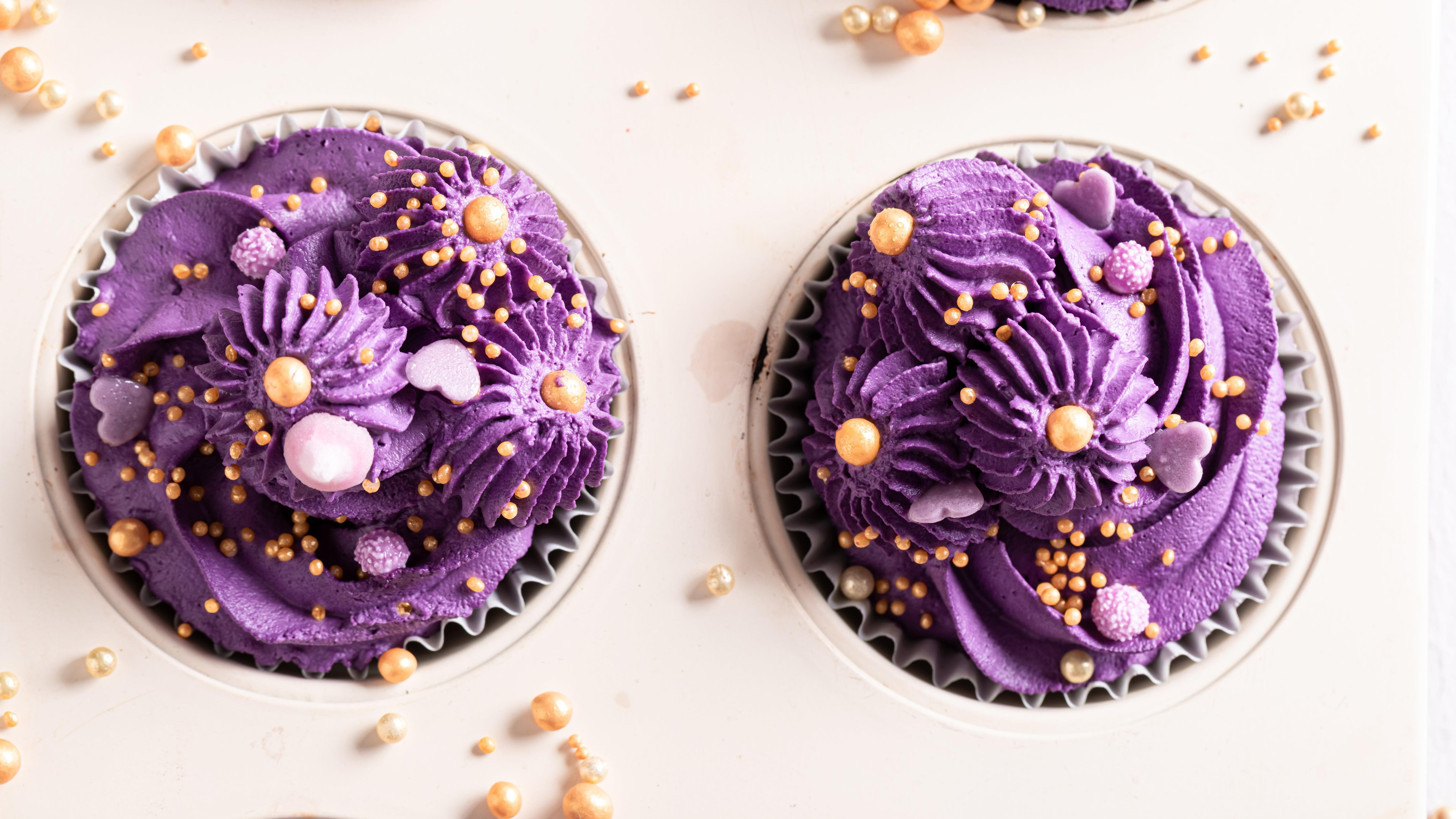Here's Yet Another Reason To Hate Sprinkles
Disclaimers on sprinkle packaging suggests we shouldn't be eating them. What gives?
"For Decorative Purposes Only." Those four words have stuck out to me over the years as I've undertaken various baking projects that require sprinkles. (I personally can't stand sprinkles, but when you're tasked with baby shower desserts or a birthday cake, they come with the territory.)
Every time I see that ominous warning on the label, I ponder it for a few minutes, then get distracted with the important work of cake decorating. But seriously, should we be concerned that sprinkles are somehow unsafe? Does the term "For Decorative Purposes Only" mean that sprinkles aren't actually meant to be eaten?
The answer isn't as straightforward as you might think.
Sprinkles are a culinary gray area
First, it's worth noting the many different types of sprinkles out there. Classic rainbow sprinkles (in the traditional "jimmies" shape) are made of sugar, vegetable oil, cornstarch, and other ingredients recognizable as food. Then there are sanding sugars and sugar crystals, which are a finer grain than jimmies and made primarily of sugar, carnauba wax, and confectioner's glaze (derived from shellac). However, the ingredient labels on the more elaborate varieties of sprinkles get a little more complicated.
Dragees are the larger, more spherical deluxe sprinkles that you might use to top a unicorn cake at a child's birthday party. Dragees are often metallic and shiny, as if to underscore their specialness. These are the sprinkles whose label includes the "FOR DECORATIVE PURPOSES ONLY" disclaimer, and whose ingredients list includes "silver metal" among its stated colors.
I reached out to the manufacturer of the fancy sprinkles in my own pantry, and while I won't call out the brand here, a source explained that the "decorative" disclaimer must be included for legal reasons. It actually says "for decorative purposes only in USA," because it's meant to comply with the regulations of the U.S. Food and Drug Administration. Many other countries don't have such regulations.
The metallic components in these dragees contain an actual silver colorant—sort of like how edible gold is actually real gold. The FDA is not jazzed about people consuming trace amounts of metal as food, and doesn't approve of these colorants' use in consumable items.
Representatives for the FDA pointed me toward a surprising amount of literature on the topic, as if to say, "Ah, so you're another one of those sprinkle investigators, eh?" Here's a snipped from a page called "Color Additives Questions and Answers for Consumers":
Do all color additives need to be approved by the FDA before they can be used in foods?
Yes. Under the Federal Food, Drug, and Cosmetic Act, all color additives and new uses for listed color additives must be approved by the FDA before they may be used in foods. A full listing of all approved color additives is available in the Summary of Color Additives for Use in the United States in Foods, Drugs, Cosmetics, and Medical Devices.
Guess what isn't in that list? Yep, silver colorant. (At least, not in the "food" category. It's perfectly fine to be used in nail polish...)
Sprinkle manufacturers have figured out a way to skirt these regulations and use the shiny additive anyway. The workaround? Label it as though it's not food. It's just... decoration. Clever, no?
Is it unsafe to eat sprinkles with metallic colorants?
The FDA's actual reasons for disapproving of metallic additives is frustratingly dogmatic. In trying to figure out why these colorants should not be eaten, visitors to the FDA website are caught in a loop of circular reasoning: The FDA does not approve of silver colorants, and thus these items should not be eaten. Why not eat them? Well, because they're not approved by the FDA, of course.
It's difficult to parse what the FDA believes the consequences of consumption might be, beyond the fact that these substances "contain materials that should not be eaten." But as with edible gold, it seems like we're relying on both portion and precedent to determine what's safe: Consumers have evidently eaten small amounts of this stuff without incident for decades, and that's good enough for the average home baker. It might not be wise to, say, eat a bowl of shiny dragee sprinkles like cereal, but we're only ever ingesting a few at a time anyway.
Additionally, my source at the sprinkle factory pointed out that these products are sold in other countries worldwide without the label deeming them "decoration" instead of "food," and there's never been any reported issue with this. Generally, it seems that people know how to handle themselves around sprinkles, whether they're metallic or not.
So, yes, provided that you're not allergic to anything else on the ingredients label, you're free to add a flourish of metallic sprinkles to just about any dish and it'll be perfectly fine. Just maybe don't let the FDA know you're doing it?
